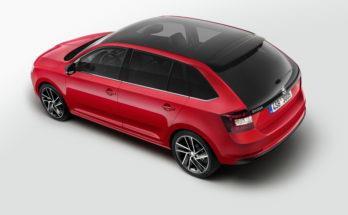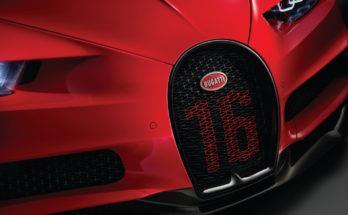Toyota Corolla and Mazda3 Sedan . These are two new sedans from Japanese production. What do these two cars have in common? In addition to the Japanese affiliation, also the sedan body type, the same place of the premiere – the Frankfurt Motor Show in September or a similar target group of customers. How do the two stack up against each other?
Design
A very subjective matter. Some may like the dynamic Mazda , while others may like the more sedate Toyota . The fact remains that both cars have changed a lot in appearance compared to their predecessors. Mazda now looks like a reduced "six" , which pays for one of the most beautiful cars in the D segment, Toyota counters with dynamic elements from the new Auris , RAV4 or Yaris.
Despite Toyota's best efforts, it is Mazda that should win the design battle. In all directions, it is more elegant, more dynamic , and the rear section has a lighter impression than that of a competitor's juicer. The only flaw in the beauty of the Mazda may be the location of the front license plate, which may not be to everyone's taste. As I said in the introduction, Toyota will appeal to a rather conservative clientele.
Interior
Unfortunately, I can only link to official photos here. So far, no one from the editorial team has personally tested the interior of one or the other car. However, everything will be fixed at the Frankfurt exhibition center, where of course we will not be absent.
What can be read from the photos? For example, the fact that Toyota is slightly inspired by the hatchback Auris and Mazda, for a change, by the larger model 6. Only personal contact will show which is ergonomically better. However, Mazda leads again in terms of design (and subjectively), mainly thanks to the optical lightness, which Toyota "kills" with a massive center console with a glossy color and a large plastic area in front of the passenger. What I personally like most about Toyota is the instrument panel , which looks clear and uncluttered.
Dimensions
The discipline where Toyota shines first. At least on paper. With a length of 4620 mm, it surpasses the Mazda by a full 40 mm (the Mazda3 is 4580 mm long). The question is how much of the 40 mm will the passengers in the back get, since the wheelbase of both sedans is the same – 2700 mm. Compared to Toyota, Mazda offers a body that is 20 mm wider (1795 mm vs 1775 mm) and 15 mm lower (1450 mm vs 1465 mm). Toyota counters with a larger trunk with a volume of 452 liters (Mazda only 419 liters).
Engines
The engine range of both models is aimed at fans of gasoline rather than diesel engines. Toyota is available with one diesel and four gasoline engines, Mazda currently has only three gasoline engines and one diesel engine.
Let's start with Mazda . The basic unit is a 1.5 SKYACTIV-G petrol engine with 100 horsepower, which in combination with a six-speed manual consumes only 5 l/100 km and emits 118 g of CO2/km. Another petrol unit is the two-liter SKYACTIV-G with 120 or 165 horsepower. The weaker version consumes 5.1 l/100 km and emits 119 g CO2/km, the stronger version consumes 0.7 l/100 km more and emits 16 g more emissions. These values apply to the manual, with the automatic, consumption rises by 0.5 l/100 km and emissions by 10 g/km. The diesel branch is represented by only one engine – 2.2 SKYACTIV-D with 150 horsepower. In combination with the manual, it consumes only 3.9 l/100 km and emits 104 g of CO2/km.
Toyota offers a 99 hp 1.33 Dual VVT-i petrol unit as a base, which claims 5.6 l/100 km in combination with a six-speed manual. More powerful is the 16-cylinder Dual VVT-i with an output of 122 hp, which in combination with a six-speed manual claims about 6.6 l/100 km. If you choose the Multidrive S CVT transmission, consumption drops by 0.3 l/100 km. The second sixteen in the offer is Valvematic with 132 horsepower. The average consumption with the manual is 6 l/100 km. The most powerful petrol unit 1.8 Dual VVT-i has an output of 140 hp and is supplied as standard with the Multidrive S automatic transmission. The average consumption is 6.4 l/100 km. The only diesel on offer is the 1.4 D-4D with 90 horsepower, which claims just 3.8 l/100 km in combination with a six-speed manual. The unit is also available with a MultiMode gearbox.
Resume
So what is the result of the "table comparison" ? Mazda emerges as the winner, not only thanks to a better design, but also to stronger and more economical engines. On the other hand, the Toyota could appeal to more conservative-minded customers looking for a classic sedan. As a bonus, take a wider range of engines and a 33 liter larger luggage compartment. However, we can give you a relevant comparison only after the Frankfurt Motor Show in September , when the prices of both cars should be known.
Source: Mazda, Toyota



